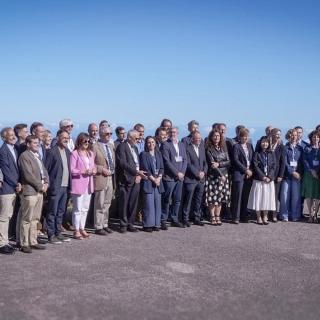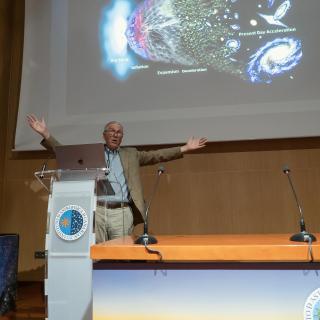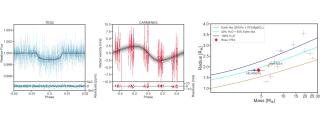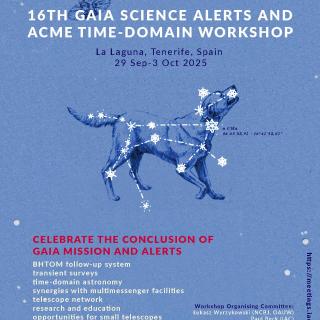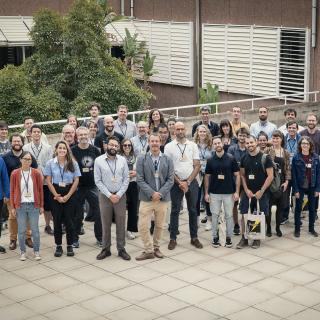
The Instituto de Astrofísica de Canarias (IAC) is currently hosting the first Workshop of the European project UNDARK, a pioneering initiative that brings together international experts in astrophysics, cosmology, and particle physics to explore the great enigmas of the dark universe. The meeting, held at the IAC headquarters from September 29 to October 3, places special emphasis on radio wave observations and their connections with gravitational wave detection. Throughout the week, leading researchers are discussing the latest advances, ongoing projects, and future observational and
Advertised on
